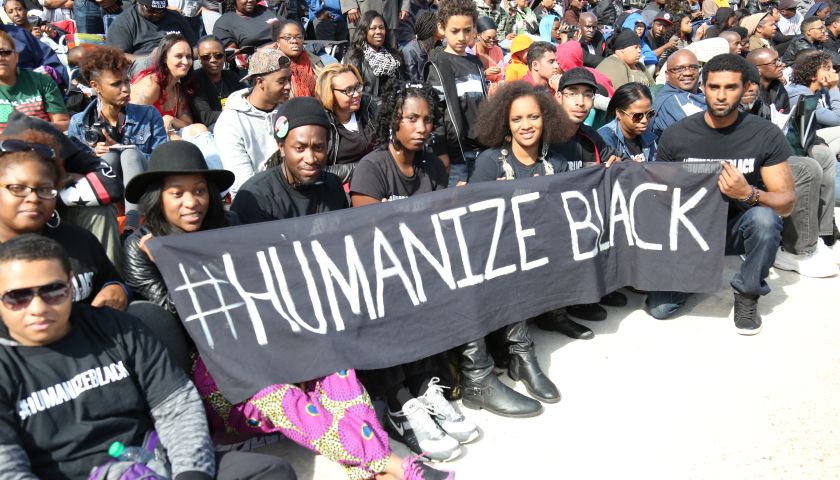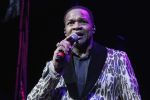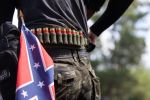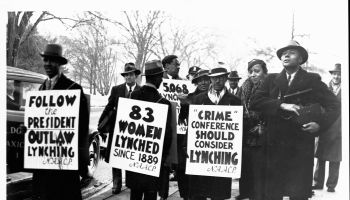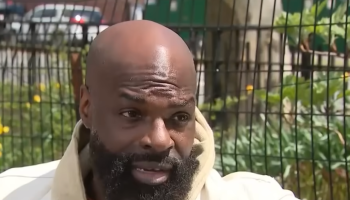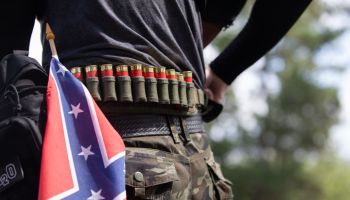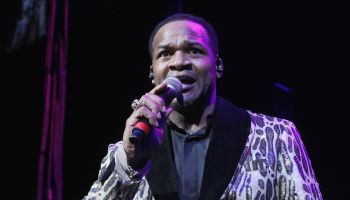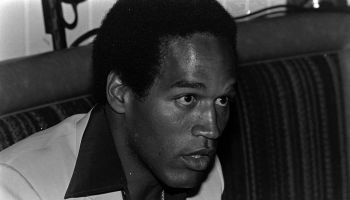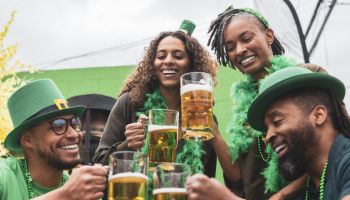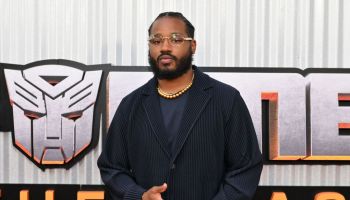Today marks the day the Silent Parade one of the first mass marches to protest lynching and violence against African Americans.
On July 28, 1917, men, women, children and predominant black leaders at that time hit the streets in New York to protest the same as we do today. The fight was to make sure we give a better country to our children.
Here are 5 facts you should know about the Silent Parade to shed some light to one of the first public protests against black violence and racism.
Nearly 10,000 Marched In Silence
Men, women, and children marched in unity and silence to protest the current treatment of African Americans. As it was described, “Children, dressed in white, led the protest, followed by women behind, also dressed in white. Men followed at the rear, dressed in dark suits. The marchers carried banners and posters stating their reasons for the march. Both participants and onlookers remarked that this protest was unlike any other seen in the city and the nation. There were no chants, no songs, just silence.”
The Silent Parade Followed Escalating Mob Violence & Lynchings Against African-Americans, Especially in East St. Louis
The march was organized after mob violence and lynchings against African Americans became a gruesome reality in America. St. Louis was one of the cities at the time that had a massive amount of violence against African Americans. “White mobs indiscriminately stabbed, shot and lynched anyone with black skin. Men, women, children, the elderly, the disabled — no one was spared,” said Chad Williams of Brandeis University.
W.E.B Du Bois & James Weldon Johnson Were Among the Leaders of the March, Which Was Meant to Pressure Woodrow Wilson During World War I
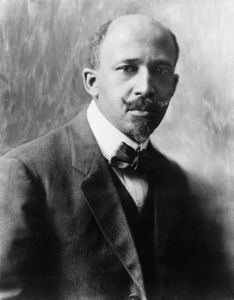
Source: Underwood Archives / Getty
W.E.B Du Boise was one of many leaders in the march that wanted to put wanted to pressure President Woodrow Wilson to stay true to his rhetoric about freedom. “The protest demanded that President Woodrow Wilson take the legislative action to protect African Americans that he had touched on during his presidential campaign,” Google noted in celebration of the march. “Although the demonstrators marched in silence, their message was very clear. One sign read, ‘Mr. President, why not make America safe for democracy’ — a challenge at a time where the President was promising to bring democracy to the world through World War I while Black Americans were being stripped of their civil rights at home.”
An Arts Group in New York Is Restaging the Historic Protest
On Friday, July 28th, the non-profit group Kindred Arts will march in tribute on the 100th anniversary of The Silent Parade, following the same path. NAACP will also be participating in honoring the brave men, women, and children.
The Flyer Urged People to March in 1917 Because ‘We Want Our Children to Live in a Better Land’
This message was what many marched for in hopes with time things will get better. Fast forward it to today, we still see ourselves marching protesting “Black Lives Matter.” It may not be lynching and mob violence but we are still fighting against police brutality, discrimination, broken justice system, etc. As we remember the Silent Parade many are waking up today asking themselves how much longer do we have to fight?
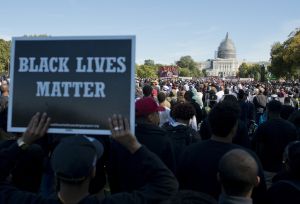
Source: getty / Getty
Source: Heavy
